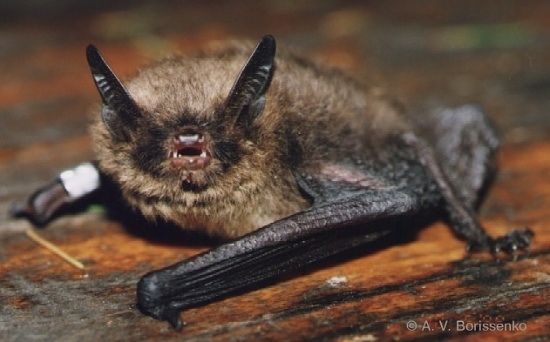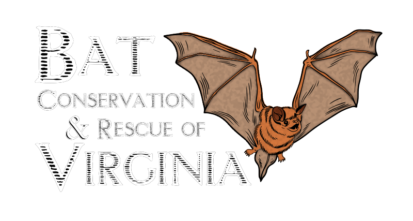
Hi everyone! I hope you all had a good week! I am excited to announce that Bat Week will officially start tomorrow, October 24th and end on the 31st. To celebrate this wonderful week, The Botanic Gardens in Washington DC will be holding its annual Bat Bonanza on October 26 at 10AM. Save Lucy will be there with some educational bats, so please stop by to see us if you are in the area.
I found an interesting article about the lifespan of mammals, specifically bats. When the size of an animal increases, its metabolism slows down, and its lifespan increases. Humans are an exception to this rule, as we live much longer than other animals that have a similar body mass to us. Outside of humans, there are only 19 species of mammals that don’t abide by this rule. Eighteen of those species are bats!
In order to research this natural phenomenon, a new study was conducted to investigate the bat aging process. Scientists found several differences between the aging process of bats and other mammals. For example, bats maintain the ends of their chromosomes, which prevents cells from deteriorating. They do this while also keeping the cells from growing out of control and becoming cancerous.
Another finding was that there is a strong link between the ability to fly and long life. Since flying involves an increase in metabolic activity, flying animals have evolved ways to minimize the damage caused by this activity. An example of this is the Brant’s bat. This bat weighs about 7 grams and lives over 40 years in the wild. By contrast, a mouse weighs approximately three times as much and only lives 1-3 years.
If you would like to read more about this study, and the experiments that it involved you may do so here.
